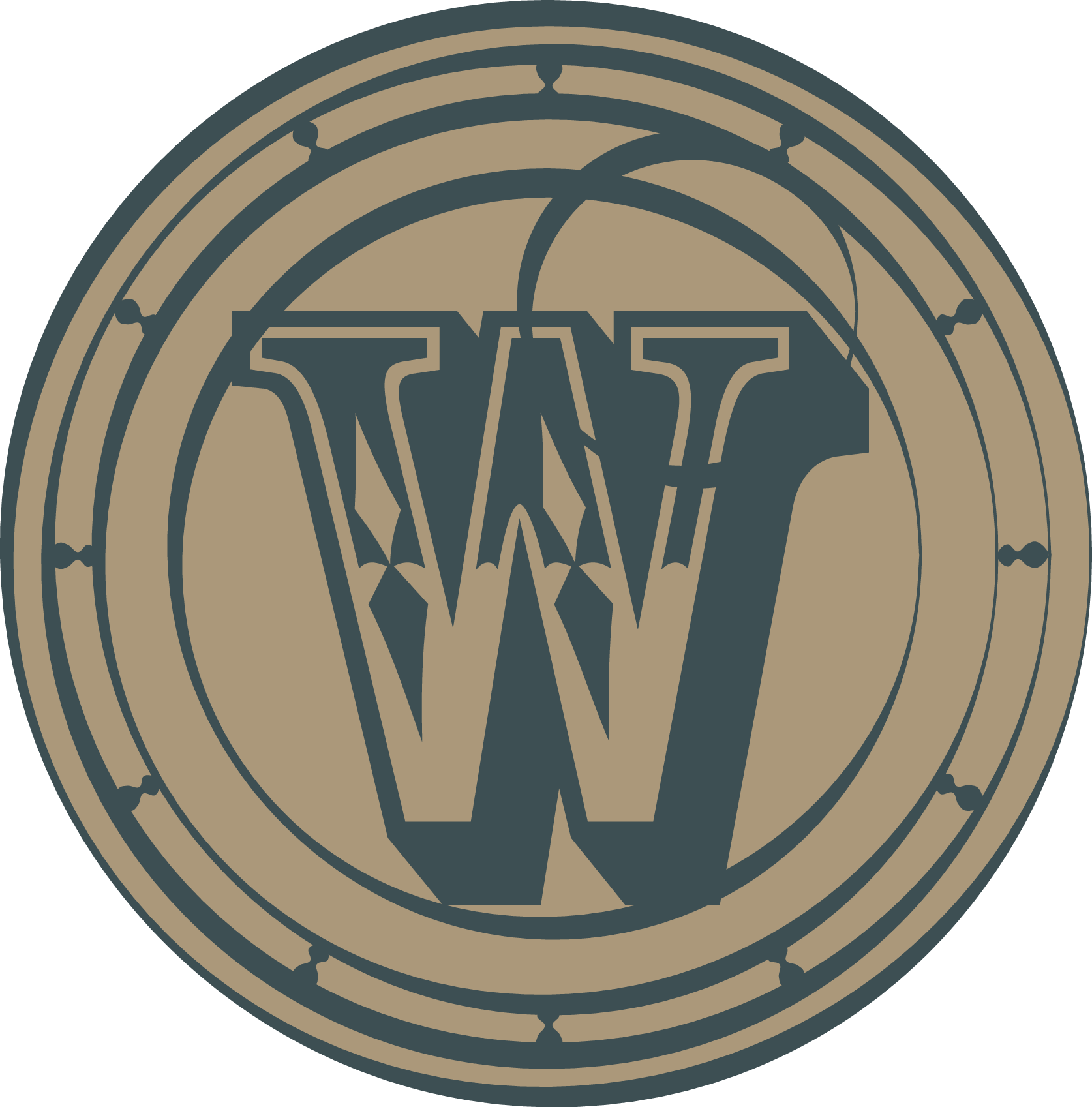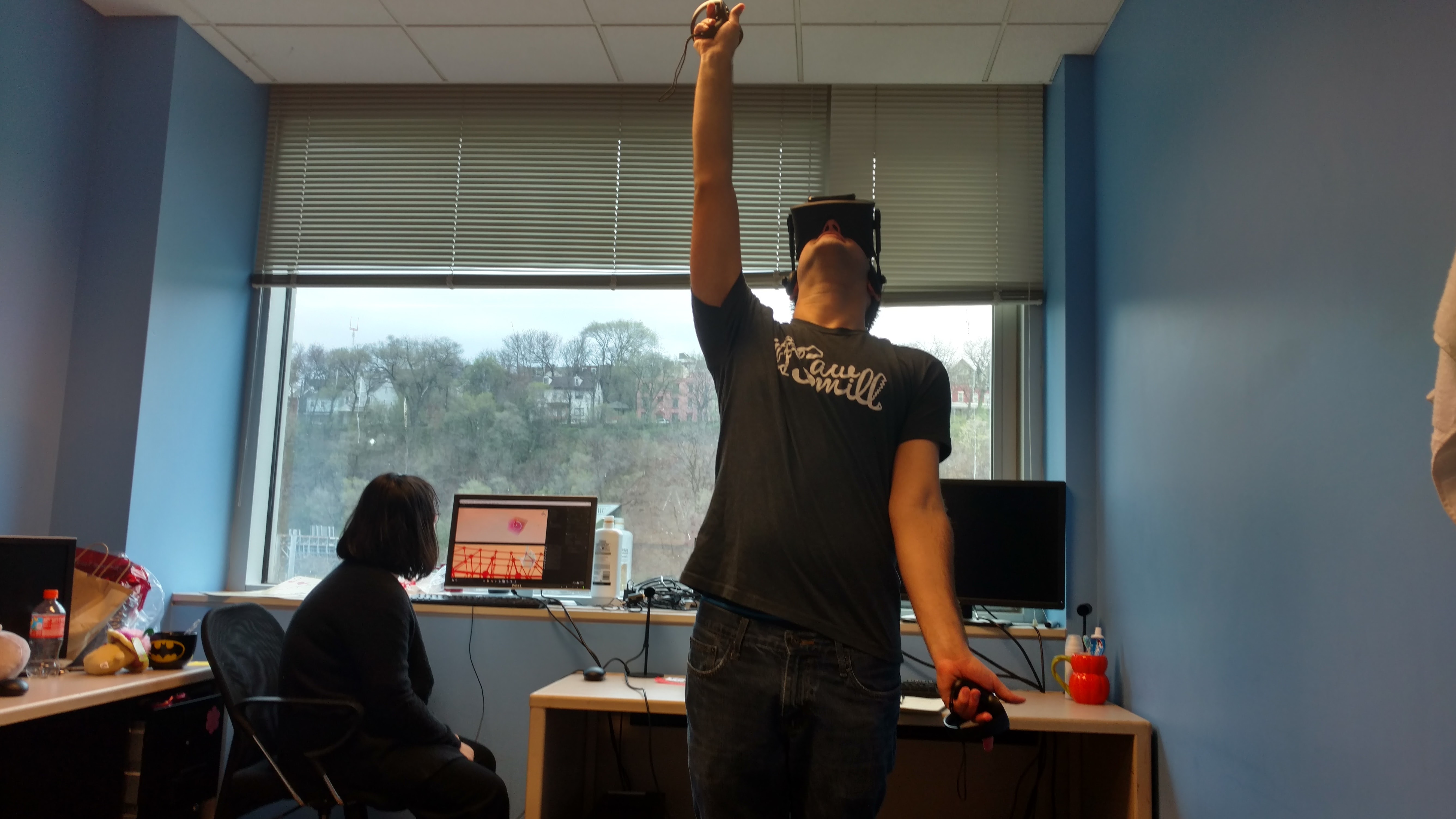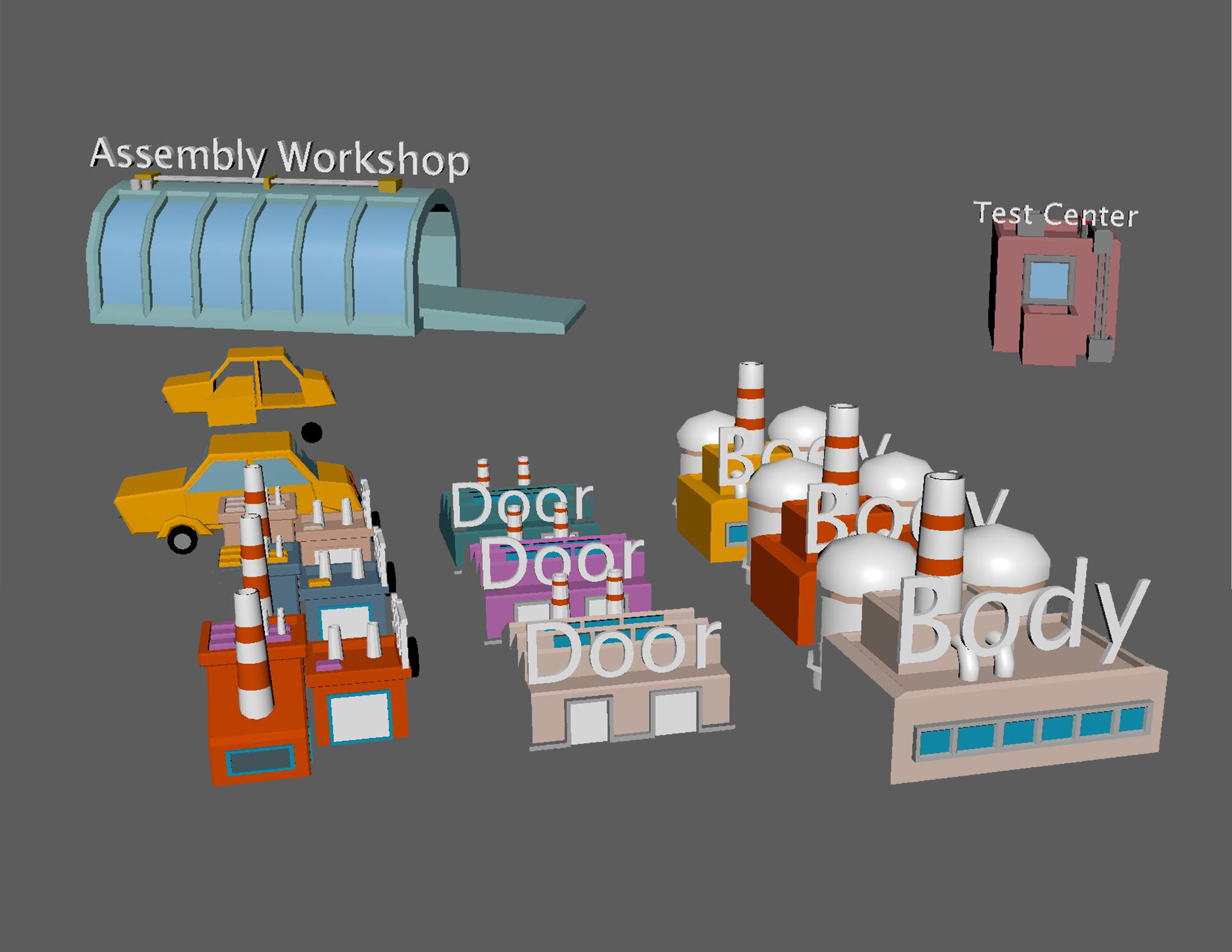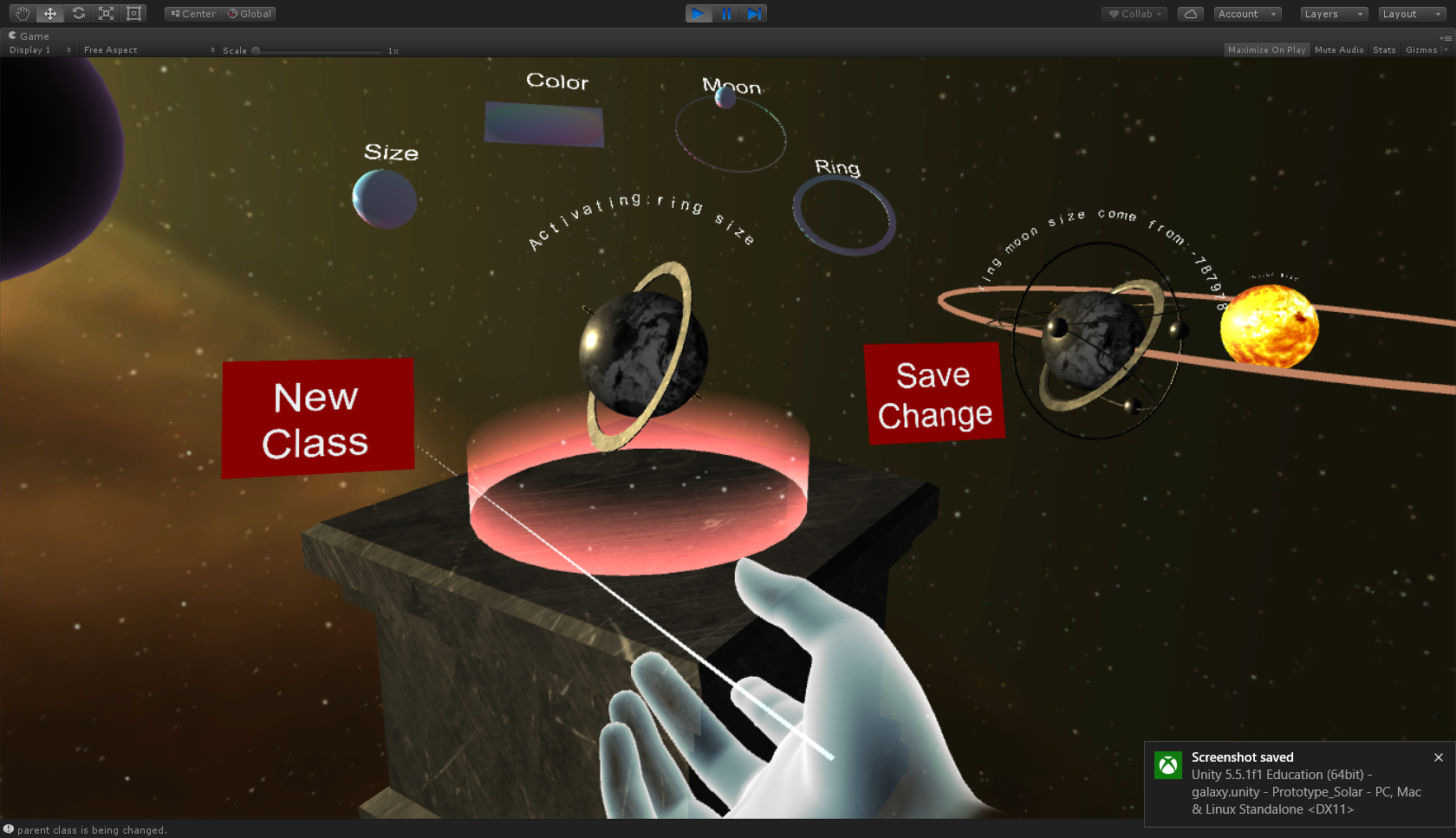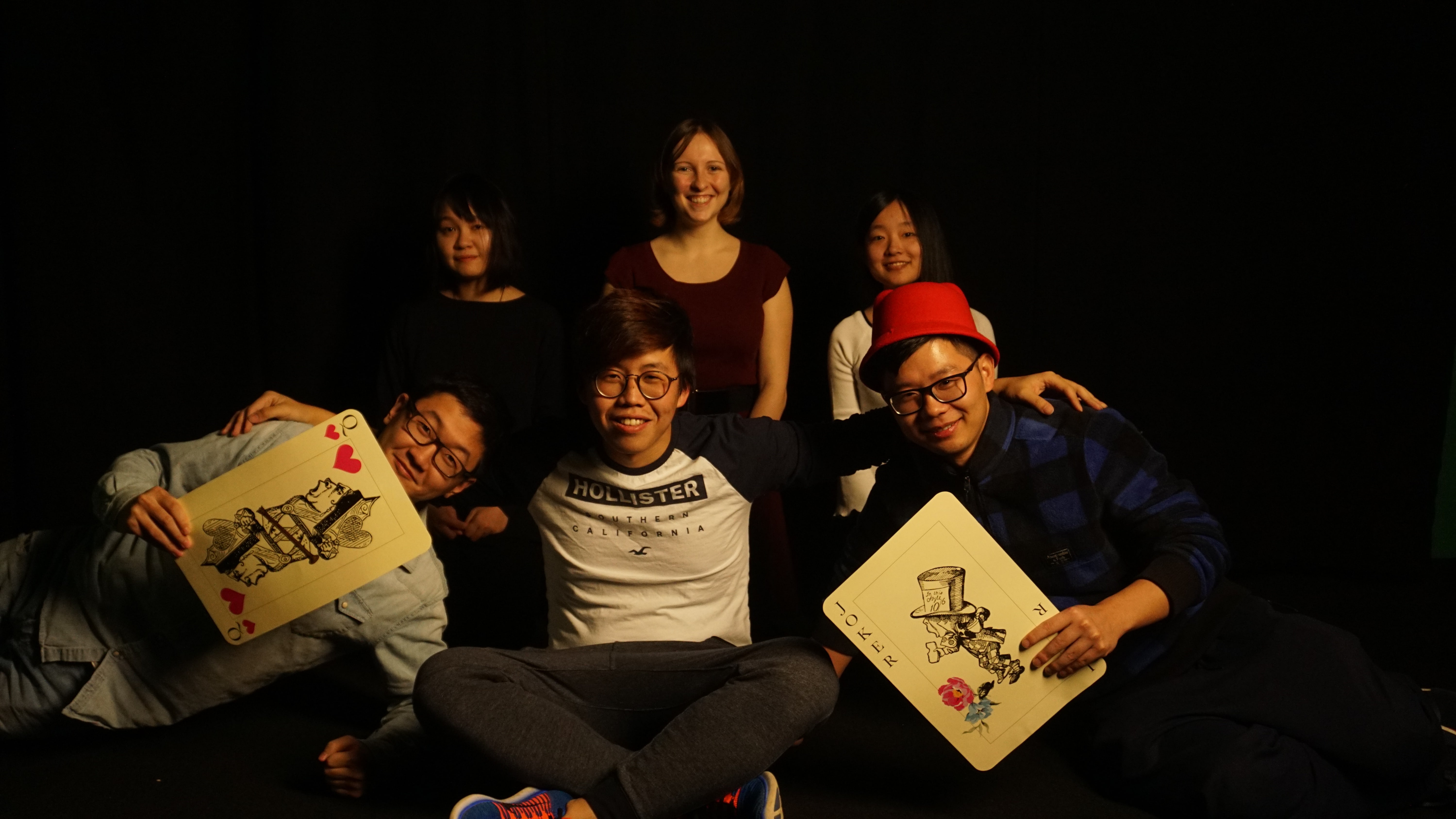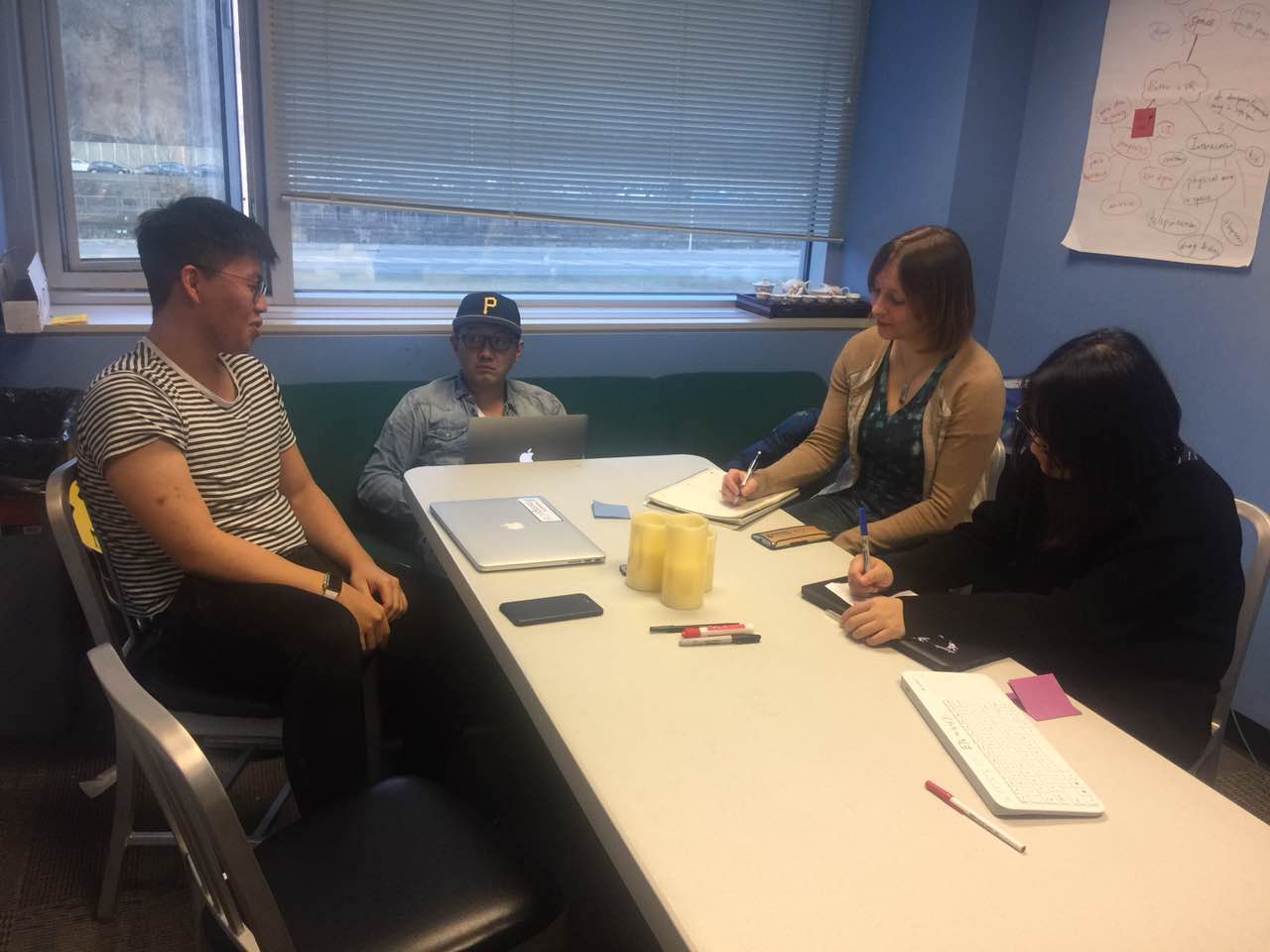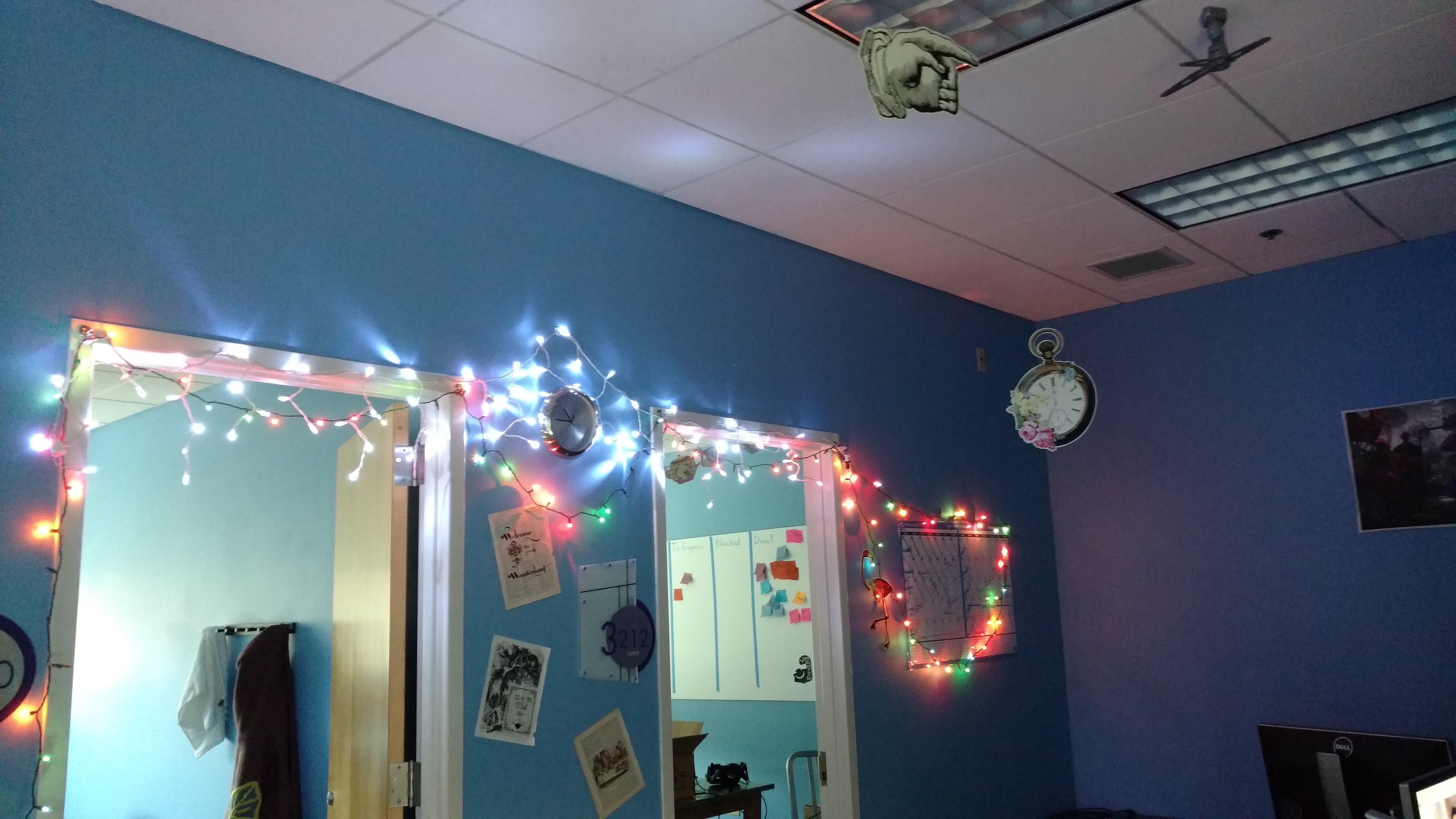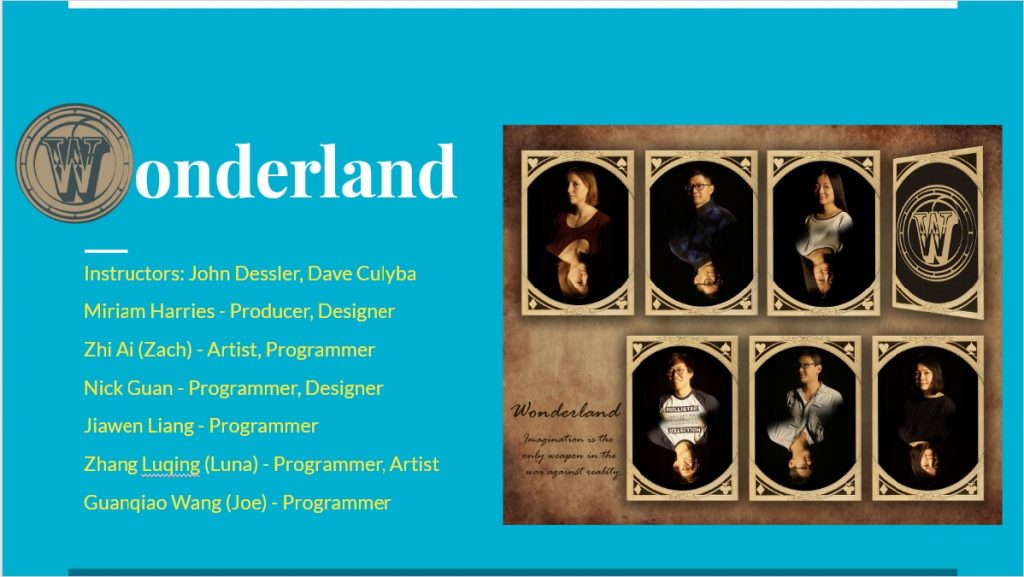
It’s hard to believe, but we’re already a quarter of the way through the semester! This week was primarily about getting feedback from the faculty and using it to nail down what we plan to do for the rest of the semester. On Monday, all the faculty came through for a brief presentation and conversation. We primarily sought feedback on our brainstorming and evaluation, and we got some great advice. Today (Friday) we sat down with a few faculty members for more in-depth conversations about our evaluation process and overall project goals.
Team Process
Quarters turned out to fit with our usual weekly schedule in a way that ate up most of the time we typically devote to development and brainstorming, and we want to explore the Solar System prototype a bit further, so we’ve shifted our semester schedule slightly. Instead of pitching and selecting a new prototype this week, we’re going to spend one more week on the Solar System prototype and choose two new ones at the end of next week. From here on out, we’ll work on prototypes in parallel, two-week sprints that will enable us to shuffle our development teams between each one. It will also give us two rounds of pitching per development cycle, which will give us room to refine and re-pitch ideas that we think have merit but are not quite ready to be developed yet. Hopefully, as we improve our brainstorming and pitching process, it will also enable us to collect a set of interesting prototype designs that the Alice team can explore after this semester.
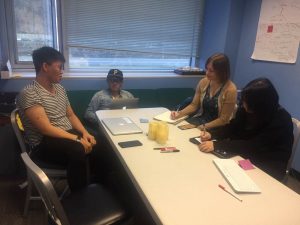 We’ve also been discovering over the last few weeks that we as a team spend more time in meetings than is productive, so we’re working on changing the structure of our team communication to favor smaller, shorter meetings. Miriam has been meeting with team members one-on-one to discuss everyone’s idea of the goal of the project overall and of the prototypes. The emerging consensus seems to be that the underlying question of the project is actually “can we represent computer science concepts in virtual reality in a way that is easy to understand?”
We’ve also been discovering over the last few weeks that we as a team spend more time in meetings than is productive, so we’re working on changing the structure of our team communication to favor smaller, shorter meetings. Miriam has been meeting with team members one-on-one to discuss everyone’s idea of the goal of the project overall and of the prototypes. The emerging consensus seems to be that the underlying question of the project is actually “can we represent computer science concepts in virtual reality in a way that is easy to understand?”
We will attempt to answer this question by building prototypes focused on particular concepts and having computer science and technology teachers experience them and tell us whether or not they think the prototypes have educational value. We will also do more informal playtesting with some of our classmates here at the ETC who have little to no knowledge of computer science to see if they understand the concepts after experiencing the prototypes.
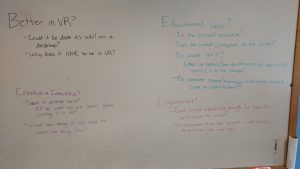 In addition to working out our evaluation process, we are also shifting our brainstorming and pitching process to reflect information we get from teachers about which computer science concepts are most difficult to teach. We will be sending out a survey on Monday asking instructors to select what they think are the three most difficult topics to teach and explain what they think the blockers are to learning those three topics. We hope that this will focus and ground our brainstorming on the most relevant areas of early computer science so that we do not spend our time creating visualizations for things that are already easy to visualize.
In addition to working out our evaluation process, we are also shifting our brainstorming and pitching process to reflect information we get from teachers about which computer science concepts are most difficult to teach. We will be sending out a survey on Monday asking instructors to select what they think are the three most difficult topics to teach and explain what they think the blockers are to learning those three topics. We hope that this will focus and ground our brainstorming on the most relevant areas of early computer science so that we do not spend our time creating visualizations for things that are already easy to visualize.
Solar System
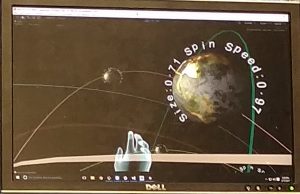 For the Solar System prototype, this week was largely about finishing the basic framework of the design. Luna and Joe implemented the planet behaviors and interactions, including their movement on the orbits, orbit management, planet modification, and transitions between different states.
For the Solar System prototype, this week was largely about finishing the basic framework of the design. Luna and Joe implemented the planet behaviors and interactions, including their movement on the orbits, orbit management, planet modification, and transitions between different states.
We set up an inventory of one planet that hovers around the left pointer finger, an empty orbit out in front of where the guest stands that could hold one planet, and gesture recognition for grabbing and modifying a planet. In this version, it is possible to modify the size by grabbing the planet with two fists and moving the hands closer together or farther apart, the center axis by closing the right fist and tilting the controller, and the spin by moving the right joystick. Once the planet is finished, it can be sent to the orbit by pressing “B” on the right-hand controller. Up to seven planets can be instantiated, modified, and sent to the solar system, where they each follow their own orbit. Planets in orbit can be destroyed by pointing at them with the right index finger with the right thumb raised and the trigger under the right middle finger pressed.
This iteration corresponds to classes and objects in a very basic way, so next week we will focus on making those relationships clearer. We feel that this iteration does show that the framework and interactions we have planned are viable and compelling. In fact, manipulating the planets and sending them to orbit is proving, based on some informal playtesting, to be more interesting that we originally guessed!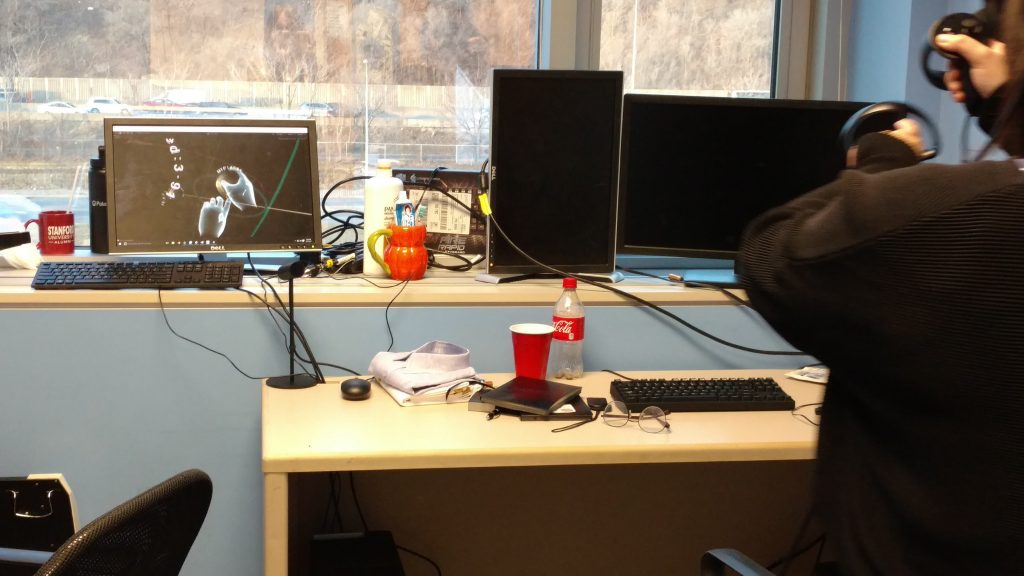
Fractal Magic
The Fractal Magic development team (Jiawen, Nick, and Zach) spent this week getting the equipment and development environments set up. They have created the initial design and the basic game environment, so they are ready to hit the ground running next week.
We are also adding description and development pages for each prototype, so if you’d like more information about specific prototypes and their development and design process, feel free to check those out under the “Prototypes” tab at the top of the page.
